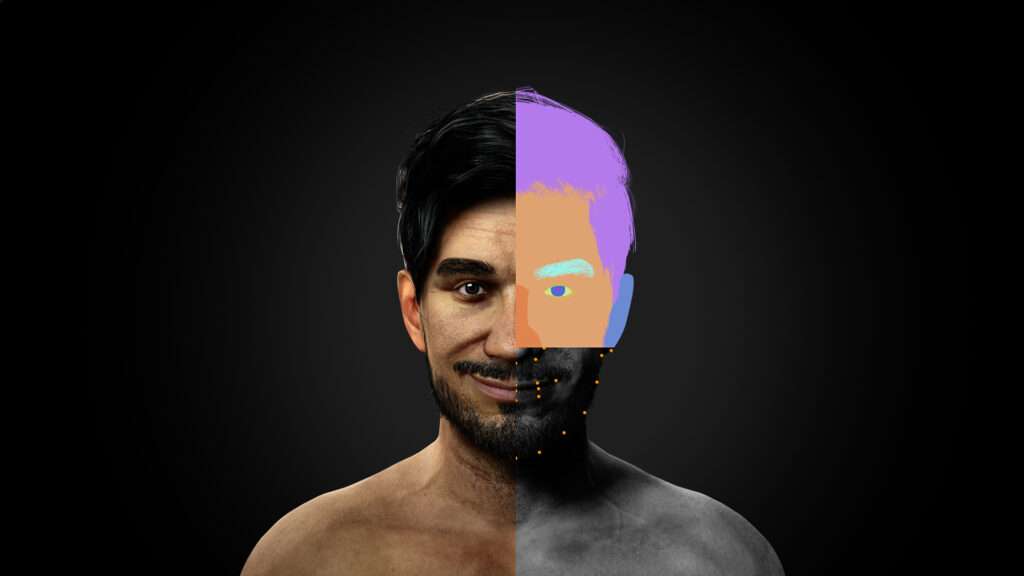

When it comes to the use of artificial intelligence in vehicle testing, developers cannot afford to compromize on their training data, which could result in biased machine learning applications that do not work in the real world. Devant has annonunced its launch as a provider of synthetic data for training and validation of machine learning networks. Using lifelike 3D human simulations, Devant’s data enables machine learning developers to generate any real-life scenario, according to the company. This improves the performance of computer vision applications, but also reduces machine learning bias.
“As machine learning applications are entering more areas in our everyday life, reliable performance and bias reduction are more important than ever. Devant was established to give machine learning teams the power to define their training and validation data at a granular level, enabling a new generation of human-machine applications that reduce risks and enhance our daily lives,” said Richard Bremer, CEO and co-founder.
Devant’s prime goal is to create the most lifelike digital humans as possible; its technology captures and translates the subtle movements, behaviors, and imperfections that have been impossible to replicate virtually until now, the supplier states. With this approach to data creation, the most granular levels of detail in data sets can be specified, enabling a broader range of human diversity to be covered, without compromizing on delivery times or quality.
Mattias Arrelid, chief product officer, said, “At Devant, our key focus is on pushing the boundaries of synthetic data. Even the slightest improvements have a substantial impact on our ability to help our customers to increase their machine learning network performance.”
Users are able to specify their own parameters, defining their data to fit complex scenarios and edge cases. According to Devant, this combination of digital human diversity and parameter control enables metadata that’s tailored to each customer’s individual requirements, describing the resulting images right down to pixel level. Once the data sets have been generated, new criteria can be added, returning new training and validation images in a matter of days.
“What we have achieved is an unmatched combination of configurability and speed,” said CTO Oliver Hotz. ”Machine Learning teams can create exactly the data they need, and get hundreds of thousands of images and animations in a matter of days – delivered together with metadata on a completely new level.
Discover more about artificial intelligence and its application in vehicle testing in the March 2023 issue of ATTI.

